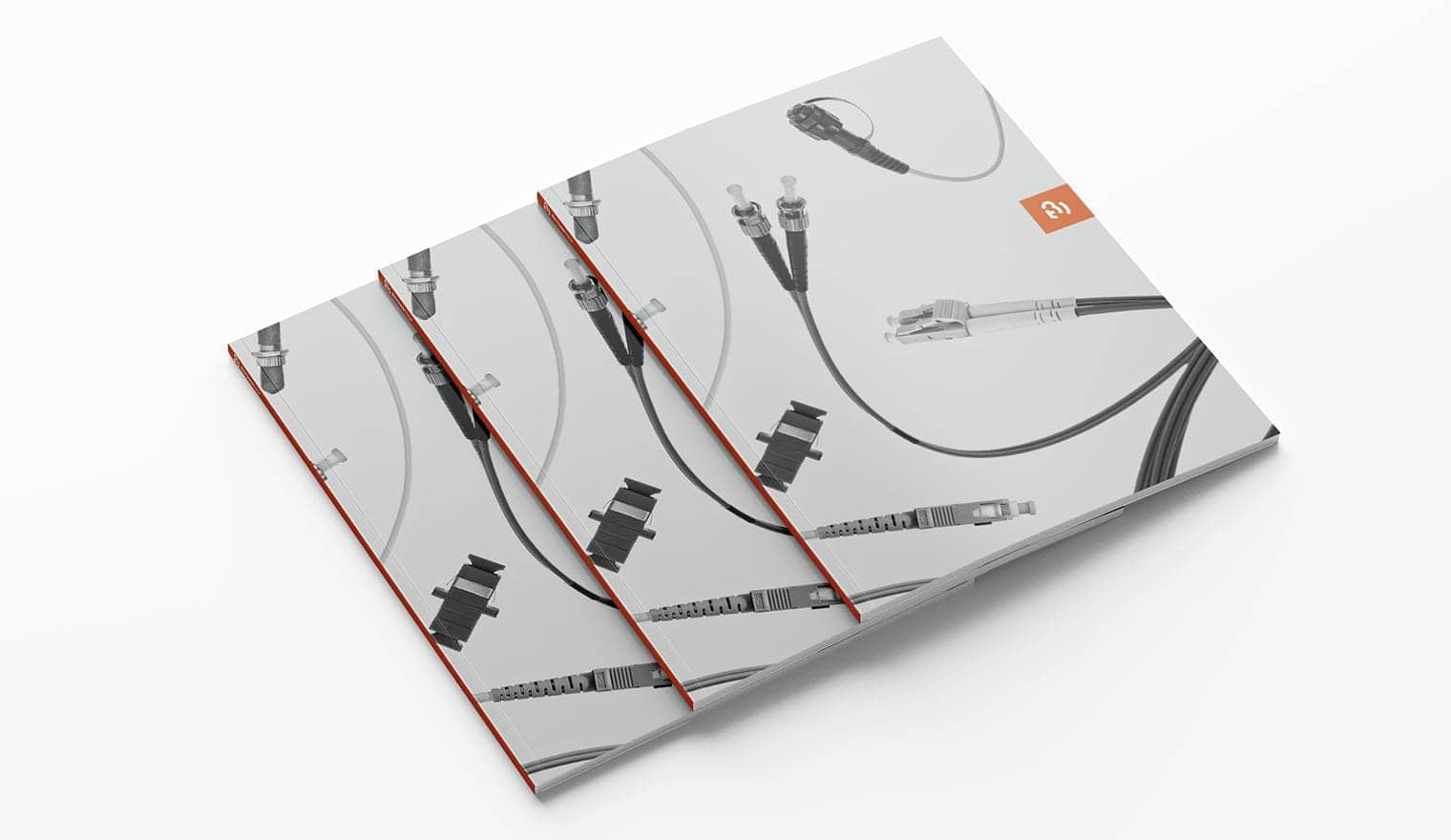Are fiber optics the future of digital communication?
Many believe fiber optics are the future of digital communication and they have a good reason! Fiber optics help to transmit images, voice messages, and videos at the speed of light.
Because fiber optics are made of glass, they have the capability of transmitting data quicker and more effectively than the traditional copper cable. As the technology evolved, it became clearer and clearer that soon the metal wires will not be able to keep up with the big amount of signals that is being sent through them on a regular basis, due to impedance, the electrical friction that breaks down the signal.

When was fiber optic invented?
The concept of fiber optics dates back to 1800’s when the scientists John Tyndall, Alexander Graham Bell, and William Wheeler started working on finding a way to transmit information at the speed of light. Later on, the researchers Robert Maurer, Donald Keck, and Peter Schultz invented fiber optic wires (initially called “Optical Waveguide Fibers”) that could carry about 65,000 times more data than copper wires. (Source: Connected Fiber)
How does fiber optic work?
Fiber optic internet uses optic cables which contain thousands of long, flexible and made out of glass fibers. The fiber optic cables are used to transmit data signals which connect the user to the internet and enable online activity. The optic cable is a good solution for a broad range of cabling problems due its small width and weight. Thanks to the high-speed connection, a fiber optic infrastructure can provide a reliable, measurable and cost-efficient means of internet access.
So why are fiber optics the future of digital communication?
- Fiber optics transmit information faster and more effectively than copper wires.
When metal wires transmit information, they create a small amount of heat. This heat causes damage to the wires over time. They often need to be replaced. For fiber optics, the data is transmitted through the use of light, which does not affect the integrity of the wire, therefore there is a much lower chance of needing to replace them. (Source: Connected Fiber)

- Fiber optic cables consume less energy
Sending electrical signals through copper wires require using a lot of energy, while the amount of energy needed to send a brief flash of light over the same distance via fiber optical cabling is twelve times smaller. Lower energy requirements mean lower carbon footprint and lower price of operation.

- Multiple businesses already use fiber optics
A significant number of DSL and cable providers across the world t have already adopted fiber optics, and more companies are expected to join them soon. Fiber optics keep the data of a certain company secure. Information from copper cables can be easily intercepted by connecting taps to the wires to reveal the electronic signals. When it comes to fiber optics, it is not possible to do the same, as they are using light transmissions which are harder to intercept.
Source: PeakOptical A/S






